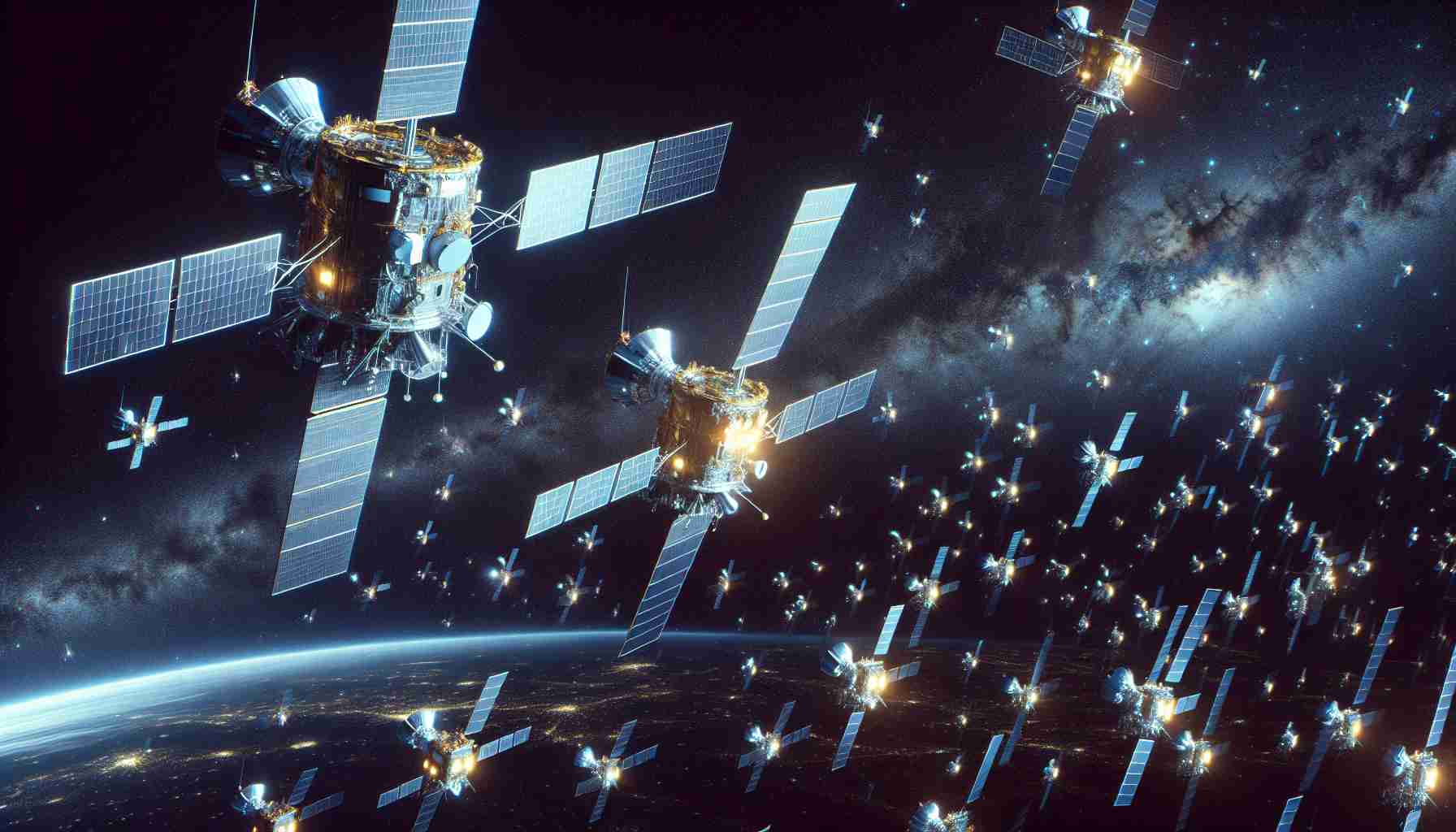China’s latest satellite project, known as the “Luminous Fleet,” has sparked worries among astronomers and stargazers due to the overwhelming brightness of the satellites, which far exceeds acceptable limits. The constellation is set to expand rapidly in the coming years, potentially posing significant challenges for scientists and space enthusiasts.
The initial launch of Luminous Fleet satellites unveiled an unexpected brightness, raising serious concerns about light pollution in the night sky. Researchers have observed distinctive features in the design, similar to Starlink satellites.
Experts warn of the adverse impact these bright satellites may have on astronomical activities and urge for mitigation strategies to minimize their impact. Calls for implementing light-reducing measures on the satellites have been made, drawing on successful practices seen in other satellite projects.
China’s “Luminous Fleet” Bright Satellites: Uncovering Additional Insights
China’s ambitious satellite project, the “Luminous Fleet,” has risen to the forefront of the new space race, sparking debates and concerns within the scientific community and among sky watchers worldwide. While the initial uproar has primarily focused on the overwhelming brightness of these satellites and the challenges they pose to astronomers, there are additional facets to the project that warrant exploration.
Key Questions:
1. How does China’s Luminous Fleet’s rapid expansion compare to other global satellite projects?
2. What specific design features differentiate these bright satellites from other constellations?
3. What regulatory frameworks exist, if any, to address satellite brightness concerns on a global scale?
Challenges and Controversies:
One of the primary challenges associated with the Luminous Fleet project is the lack of transparency regarding its technological specifications and operational strategies. The secretive nature of the project has fueled debates about its ultimate goals and potential impacts on existing space infrastructure and observational activities.
While the emphasis has been on light pollution and interference for astronomers, there are growing concerns about the long-term consequences of these bright satellites on space debris mitigation efforts, radio astronomy observations, and the heightened risk of space collisions. As the constellation expands, mitigating these risks becomes paramount to ensure the sustainability of both satellite operations and scientific endeavors.
Advantages and Disadvantages:
The unprecedented brightness of China’s Luminous Fleet satellites presents a double-edged sword in the realm of satellite technology. On the one hand, the project’s aggressive expansion could significantly enhance global internet connectivity and provide valuable insights into satellite networking capabilities. However, the glaring brightness also poses a significant disadvantage by overshadowing celestial objects, disrupting astronomical observations, and potentially impeding ground-based research efforts.
In addressing the challenges posed by the Luminous Fleet project, innovative solutions will be required to strike a balance between technological advancement and environmental preservation. Implementing measures to reduce satellite brightness, enhancing coordination with international regulatory bodies, and fostering collaboration with the scientific community are essential steps towards alleviating concerns and ensuring responsible satellite deployments in the future.
As the space race intensifies, proactive measures to address the impact of bright satellites on the night sky and scientific endeavors will be crucial to navigating the complexities of space exploration in a sustainable and inclusive manner.
For more insights on the evolving landscape of satellite technology and its impacts on astronomical research, visit NASA’s official website.



















